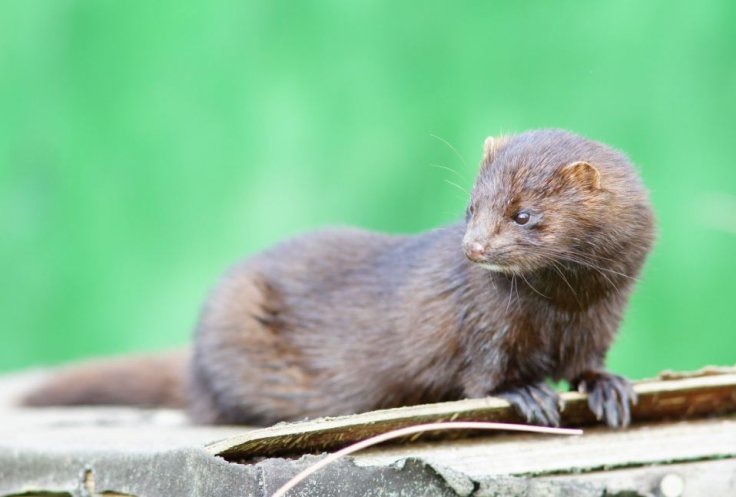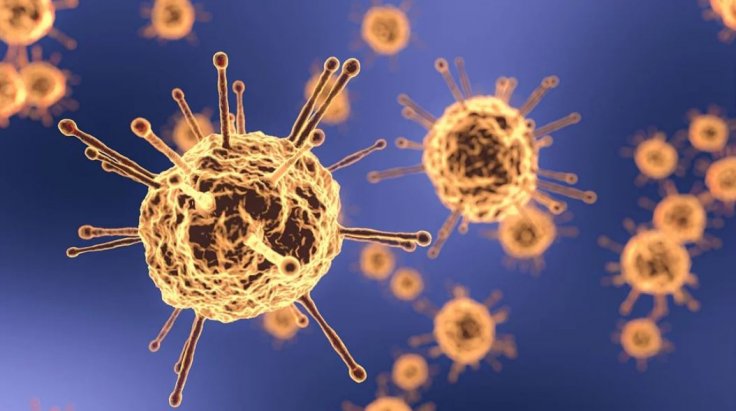From the very beginning of the COVID-19, scientists have been attempting to trace the origins of the virus and the route of transmission from the potential host animal to humans. In the midst of this, animals such as dogs and cats were found to be infected by the SARS-CoV-2 coronavirus, possibly through human beings. This raised an important question, can the virus found in animals infect humans? Yes, suggests new evidence uncovered by Dutch veterinary scientists.
The study investigated the spread of the novel coronavirus infection across 16 mink farms in the Netherlands. Through the evidence gathered, the scientists posited that the coronavirus likely jumped from people to minks and back. Thereby, presenting a strong case that animal to the human (zoonotic) transmission of the virus is possible.
"We conclude that initially the virus was introduced from humans and has evolved on mink farms, most likely reflecting widespread circulation among mink in the first SARS-CoV-2 mink farms, several weeks prior to detection," the authors wrote.
Transmission of Coronavirus from Minks to Humans

While the exact origin of the coronavirus is unknown, several theories have been purported. Studies have proven that several species of animals such as hamsters, ferrets, non-human primates, bats, and rabbits can be infected by SARS-CoV-2 and medical cases of infected lions and tigers have also been reported. Minks joined the list of animals when outbreaks were reported in 16 mink farms in the Netherlands. Minks of Neovison vison species, which is commonly known as the American Mink, were reared on the farms.
The researchers extensively investigated outbreaks in the 16 mink farms and humans working or living on these farms. They used whole-genome sequencing to zero in on the sources of transmission. Over 720,000 animals were present in these 16 affected farms. Of the 97 people tested, 66 (67 percent), showed evidence of the coronavirus infection through serology or PCR testing. All the tested individuals had direct links to infected farms.
"Due to longitudinal follow up of the first 4 farms, we have strong evidence that at least two people on those farms were infected by minks," the authors wrote. "Unfortunately, based on our research we cannot make definite conclusions on the direction of most of the infections, so we do not know the total number of people that were infected by minks."
Genetic Evidence of Jump to Humans

According to the authors, the genetic examination of the virus from the farm employees revealed that they were the same as the viruses found in the infected minks. They lacked any identicalness to unrelated SARS-CoV-2 found in patients residing around the farms. "Genetic sequences from each of the infected mink farms fell into one of five distinct clusters, showing transmission between different mink farms," the authors stated.
While the authors admitted that additional research will be needed for determining the routes of transmission they concluded, "At least some of these employees are very likely to have been infected directly from infected mink and thereby describe the first proven zoonotic transmission of SARS-CoV-2 to humans." The study is being presented at the ESCMID Conference on Coronavirus Disease (ECCVID) being held online from 23-25 September.








